Part of the problem with buying a really big “executive” mahogany looking module workstation some 25 years go is I always have to have a massive office to fit it in. (Probably why I consumed two bays of a 3 car garage over a decade ago and never left. A bit of carpet and central air goes well with all the room!)
The other problem is between the hutch and drawers, I can save too much junk. If you think “the drawer” was bad, you have have no idea how bad “the hutch” is. We won’t even talk about all of the stuff on top of the hutch which I just set there for “a little while.”
That is one really bad trait I inherited from my dad. “Just set it there for now, I’ll deal with it later.” I used to get soooo mad at him for all of the junk piled in the shop. Every time you tried to throw something out, “Hey, I’m gonna use that!” Like the pistons which spent 12 years piled on the work bench after an engine rebuild because he wanted to take the rings off of them. When scrap aluminum prices got high my brother and I took care of that. It took us 20 minutes to find the piston ring tool and less than 5 minutes to peel the rings off into the prepared metal scrap bucket before tossing the pistons in the back of the truck with all of the other scrap aluminum laying round the shop. The pickup truck left full and the shop didn’t look any emptier.
Our featured image is just what is behind one of the 4 hutch doors. Yes, I was still looking for “the key.” It seems to be the only time I actually start tossing stuff out, well, tossing out in sufficient quantity. Last time I must have tossed out about 100 books and countless 5 1/4 floppies. Don’t worry, I’m not turning into a Nazi, I just didn’t have any more shelf space and couldn’t see any reason to hand onto PC Magazine’s DOS Power Tools, Spontaneous Assembly and other things which ceased being useful decades ago.
Speaking of useless things:
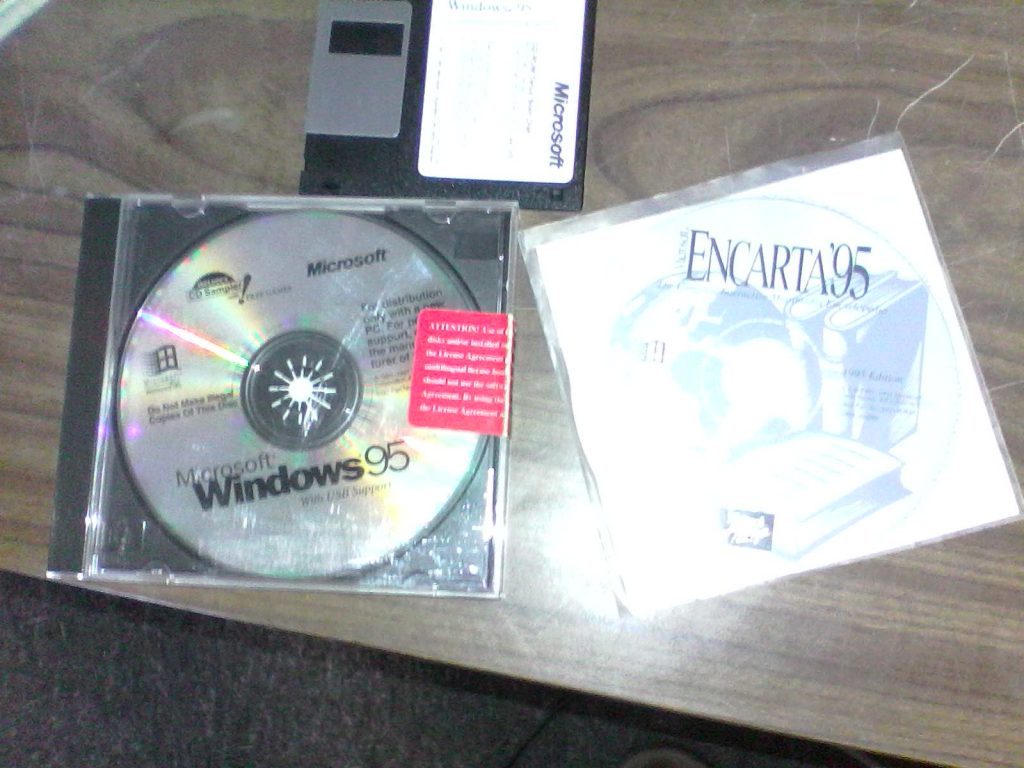
I actually had to search to find out what “Microsoft Encarta” was. It was yet another thing which failed soooo long ago. Microsoft has a spectacular list of product failures if one cares to research all of their failed products.
How about another industry wide failure Microsoft forced on the univers?
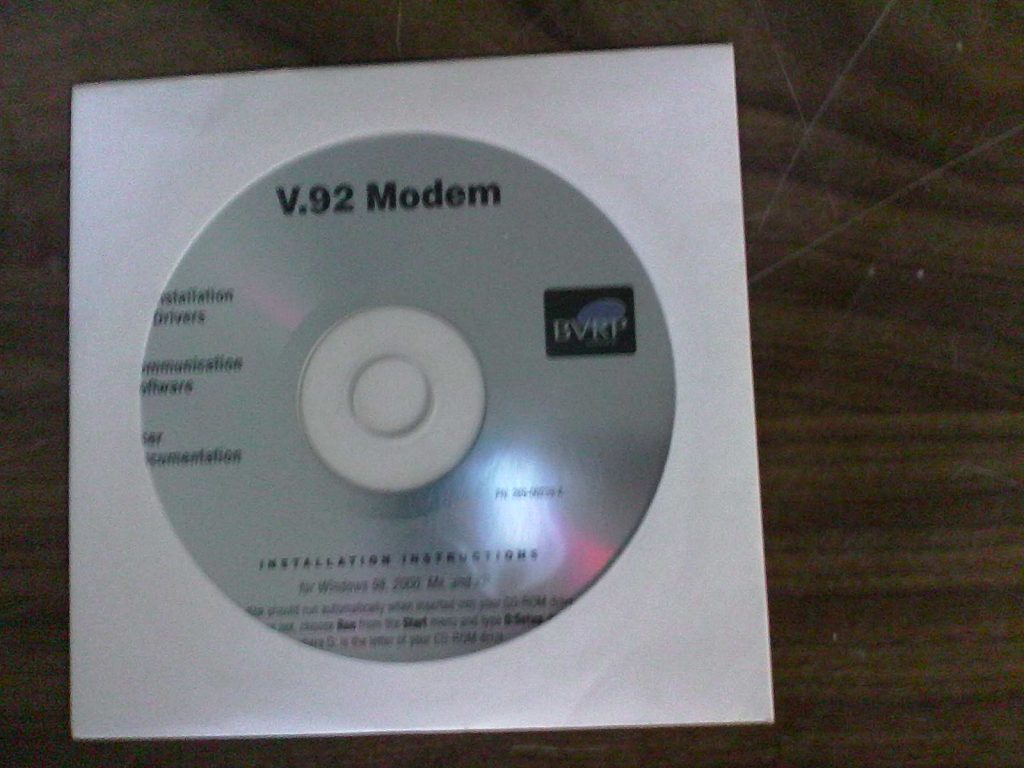
This was a disgusting time of life. It was when PCMCIA was the adapter of choice in laptops. A real faxmodem card cost around $450. WinModems were priced under $50, but, they would only work under Windows because they were neither modems nor faxes. Someone at Microsoft wrote software into Windows which would simulate most of the modem and fax capabilities and these bastardizations then provided a driver which conformed to the Microsoft API.
They were shit!
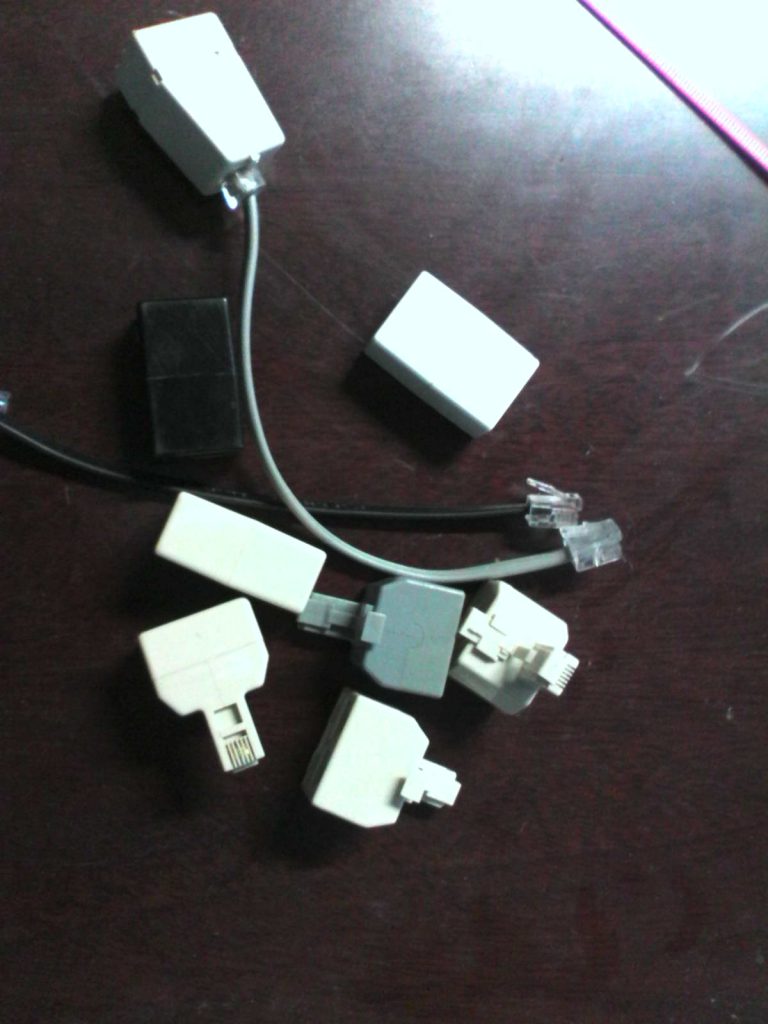
No traveling consultant could even _think_ about heading out the door without their assortment of line splitters and couplers. We didn’t have the Internet then, but you still had to dial into work from the hotel room. I couldn’t find my little tester.
“Tester?” you say. Yes. There was a time when all hotels had analog phone systems. Eventually some switched to digital PBX type systems which could provide all sorts of features like automated wake up calls. Problem was analog and digital had distinctly different electric current levels. If you accidentally plugged your $450 modem into a digital phone jack you fried your $450 modem (and sometimes your laptop) so everyone carried around a $30 “phone line tester.” It looked like it cost $5 and all it really did was turn on one light for analog and another light for digital. You plugged that in first to avoid the magic smoke.
What happened if you were in a digital hotel? Most would rent you an adapter which allowed you to hook up a modem. Every PBX had their own custom adapter so you couldn’t just buy one and carry it with you. If you were too cheap to rent an adapter the “business center” usually had one or two old fashioned analog jacks . . . if they weren’t already taken by other cheap bastards.
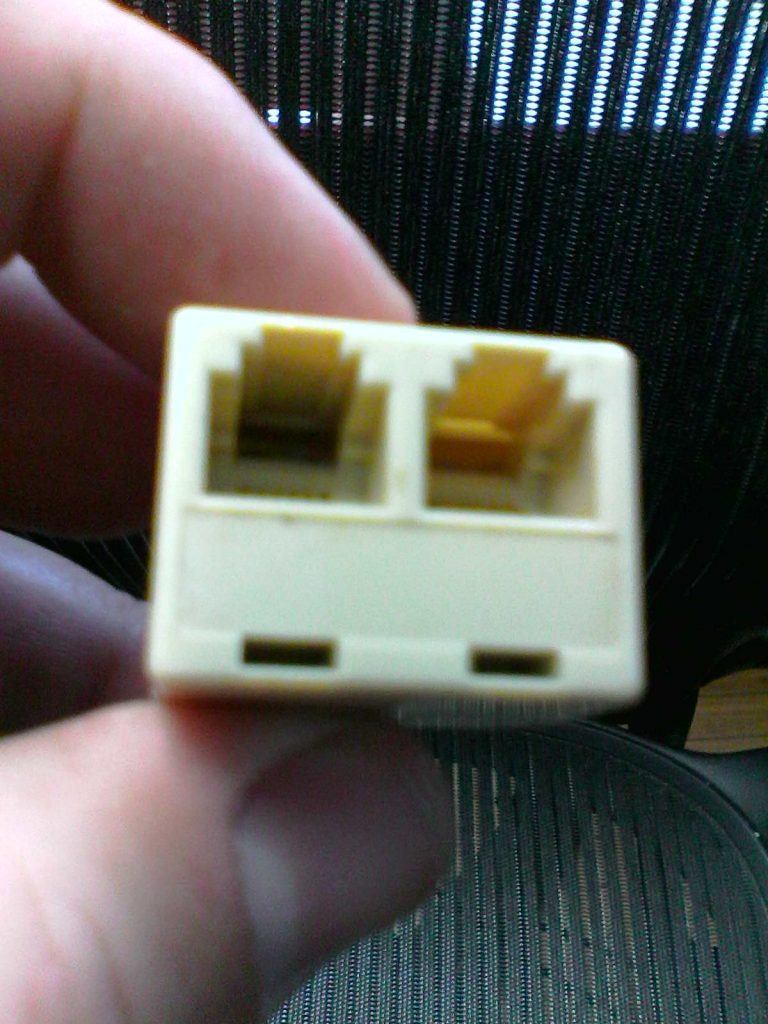
Line splitters came in 2 varieties. One would split the two primary wires and the other would split the 4 wire phone line into L1 and L2. Land line phones were wired with 4 line wire. Only 2 were used for the phone. The second were “spares” for when a customer had a corrosion problem or wanted to add a second line.
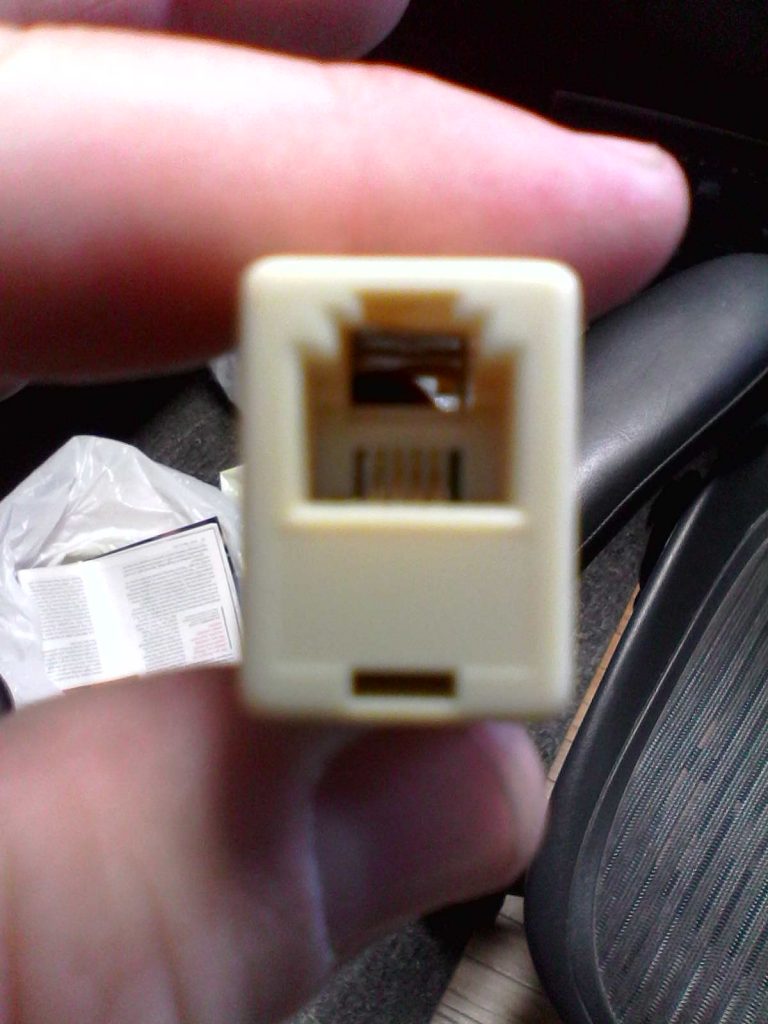
Many hotels would wire the phone by the bed and the desk/table was far away. In order to use your modem you had to bring a length of phone wire with plugs at both ends so you could extend the hotel room phone.
How many of you Millenials have ever heard of Fortran? How many have ever seen a 3.5″ floppy?
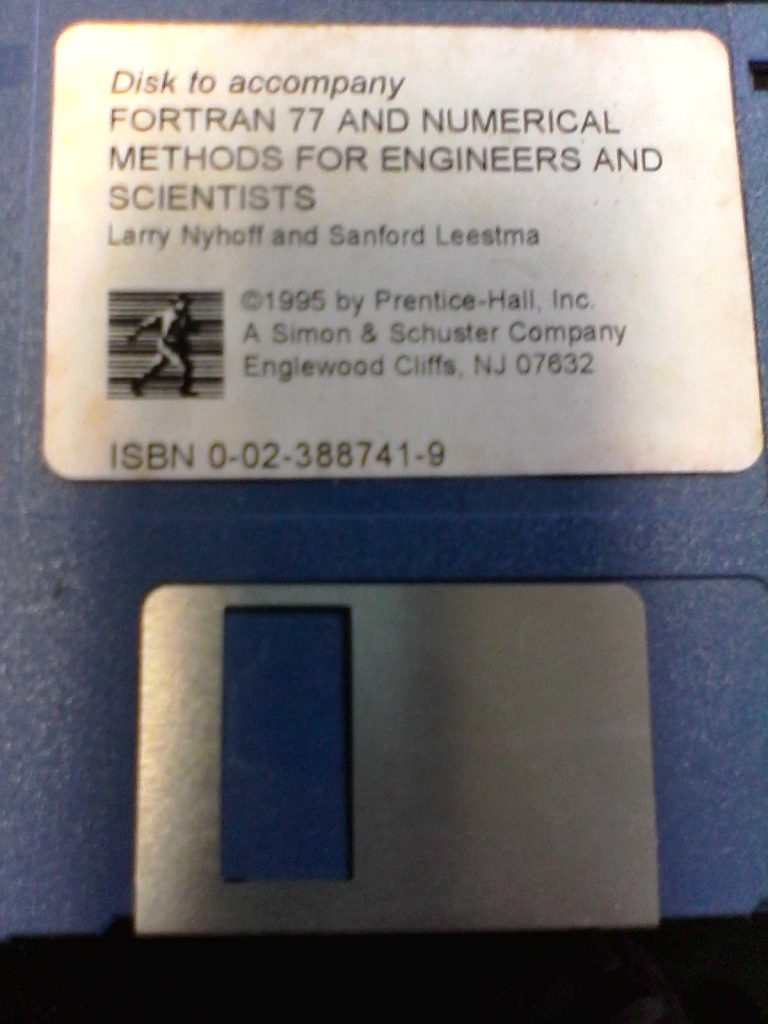
Well, now you have, sort of. Yes, Fortran is still in wide use though few of the twenty-something crowd know anything about it. Eventually the industry will have to find young-uns with the chops to be true geeks. I’ve been coding in C/C++ for decades, but even I have to admit you can’t do everything Fortran could, at least not do it reasonably in any language other than Fortran. I guess it’s all in the name. Fortran got its name from the full name “Formula Translator.”
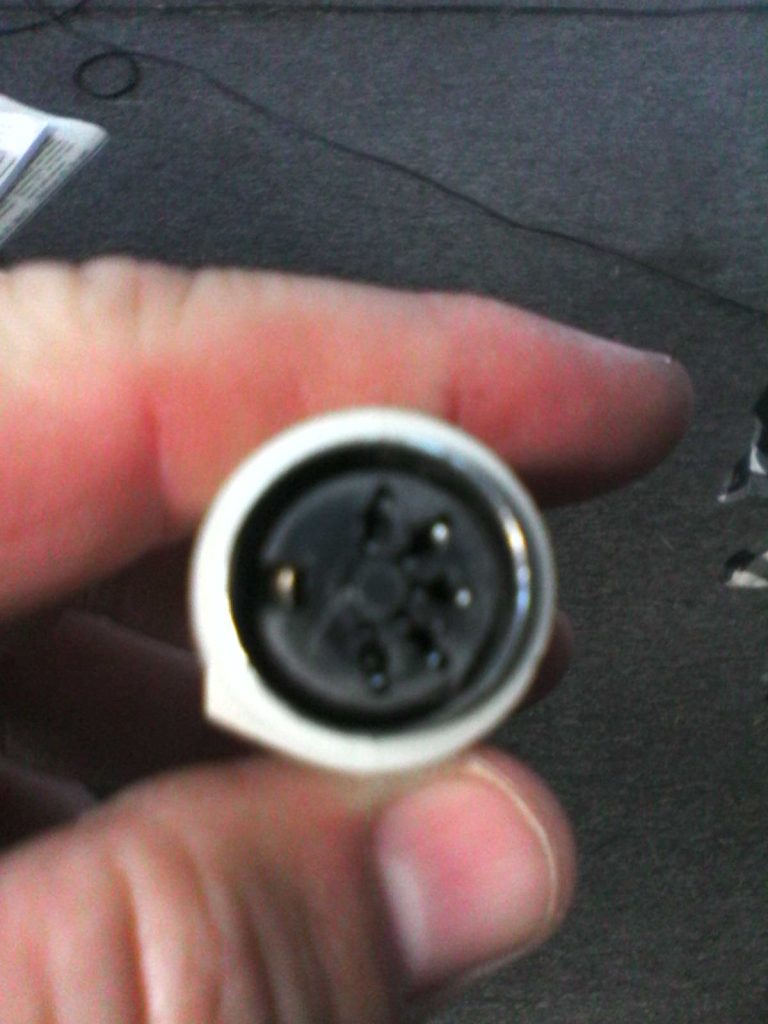
I told you in my last post I had one of these somewhere. This is the adapter which let you plug a regular XT keyboard into a newer PS/2 connector motherboard. Eventually they became useless, not because all of those keyboards died off, but, motherboard stopped supporting the older scan codes. Every time you press a key on a keyboard it sends a scan code value to the computer via the port. The firmware and keyboard driver translate that scan code into the keyboard sequence recognized by programs.
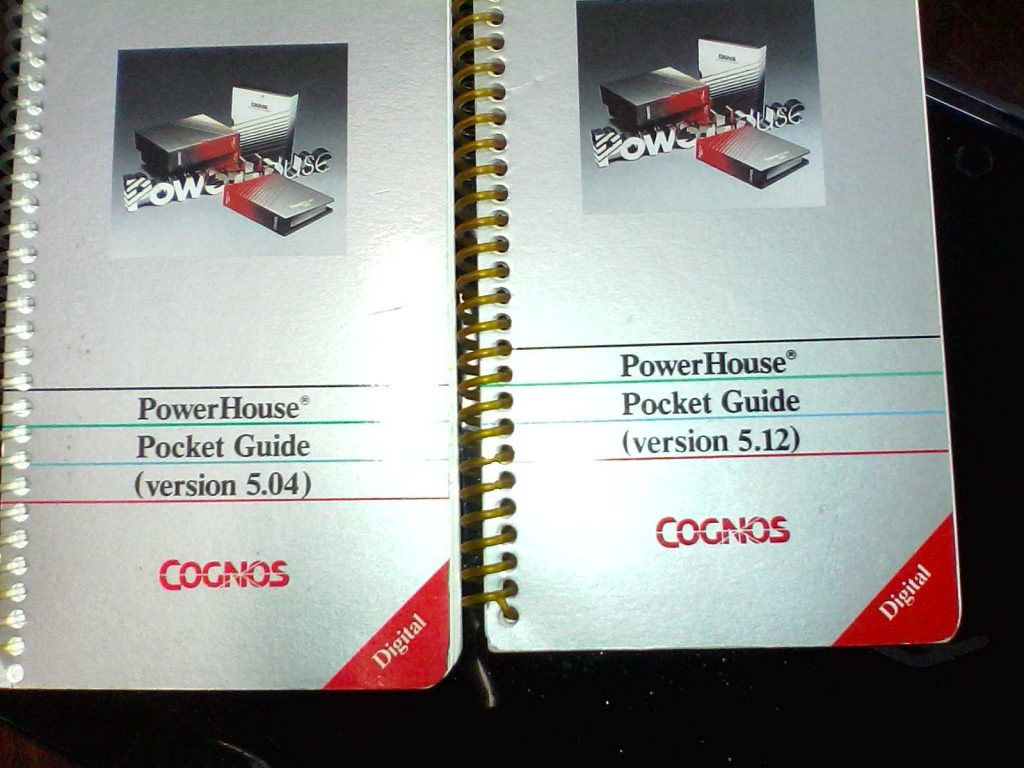
Now here is something I’m certain nobody under 30 has ever seen or heard of, Cognos PowerHouse. This was, and in many ways still is, the ultimate 4GL (Fourth Generation Language.) It was dictionary driven and ran on many platforms. It was one of the first, if not the first tools which would let you generate reports and entry screens using both OS level indexed files and those new fangled relational databases.
It was a dream. Reports which would take thousands of lines of source code and countless hours of programmer development time could be banged out in minutes. There are still businesses with indexed files somewhere in their core business system which need such tools, but most have managed to become completely relational these days, relying completely on SQL based tools.
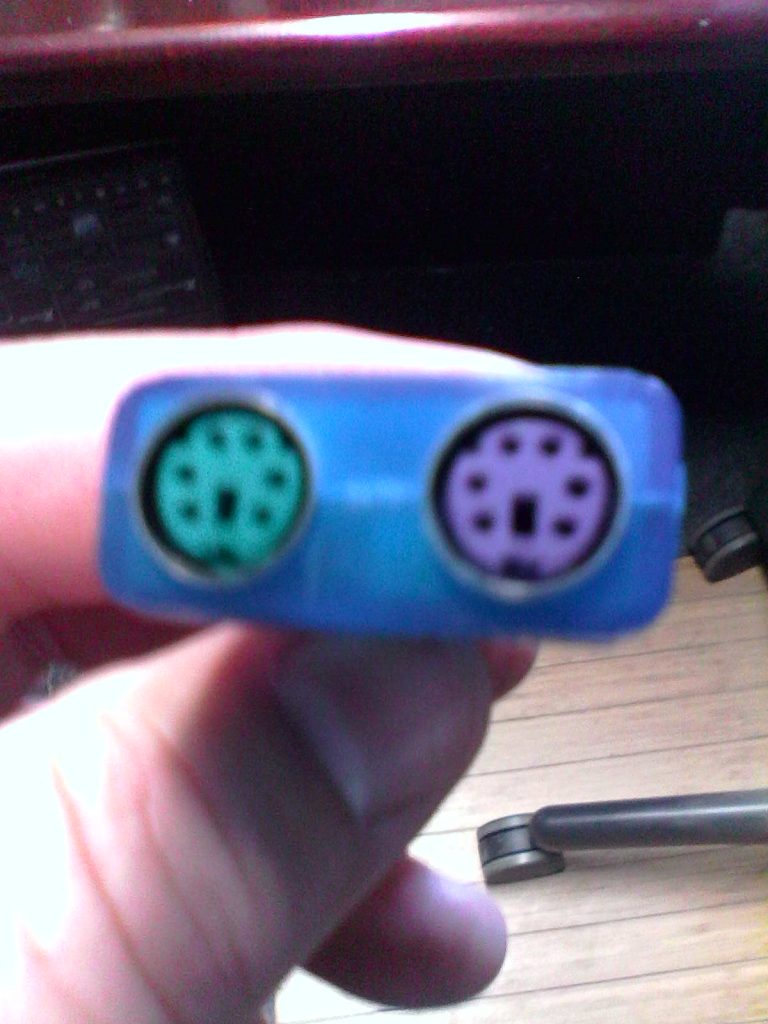
In case you thought the move to USB was painless I thought I should show you another adapter found in that morass. This allows you to connect a PS/2 keyboard and mouse to a single USB slot.
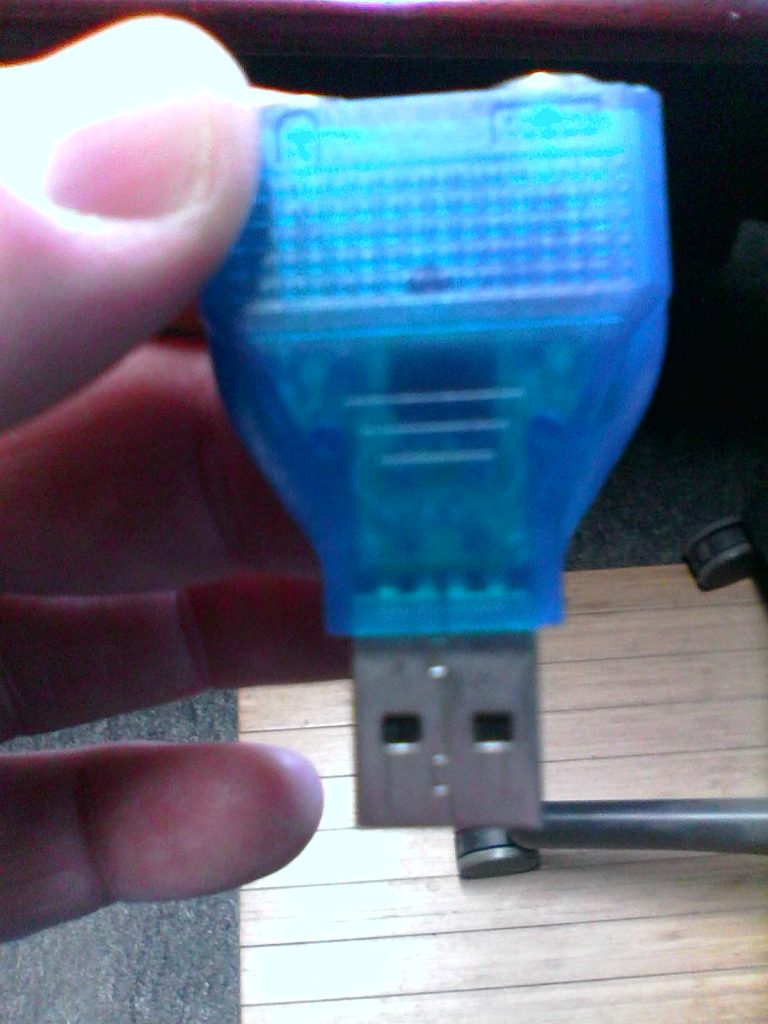
I should tell you these 2-device adapters had only a marginal success rate. The drivers were flaky. The BIOS on most computers did not like them. So, in the end, to use your PS/2 keyboard and mouse you wen with single device adapters, consuming 2 of your USB ports. It wasn’t until much later that hubs and such became good at supporting multiple devices. Some manufacturers still make motherboards with PS/2 ports for mouse and keyboard although I have noticed a trend of only providing a single PS/2 connector.
Yes, I eventually found my keys. No, they didn’t work. That lock always had trouble. In the end I used a screw driver to slide the lock bar out of the way only to find envelops and paper. Yes, I had to order more cartridges, but, 2 trash bags later, my desk is a bit lighter.



